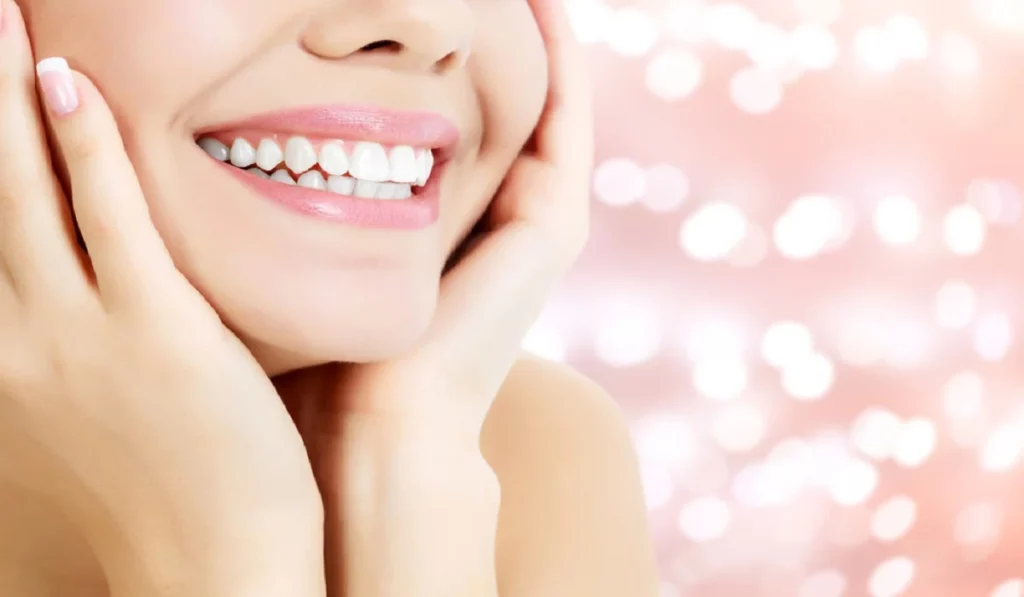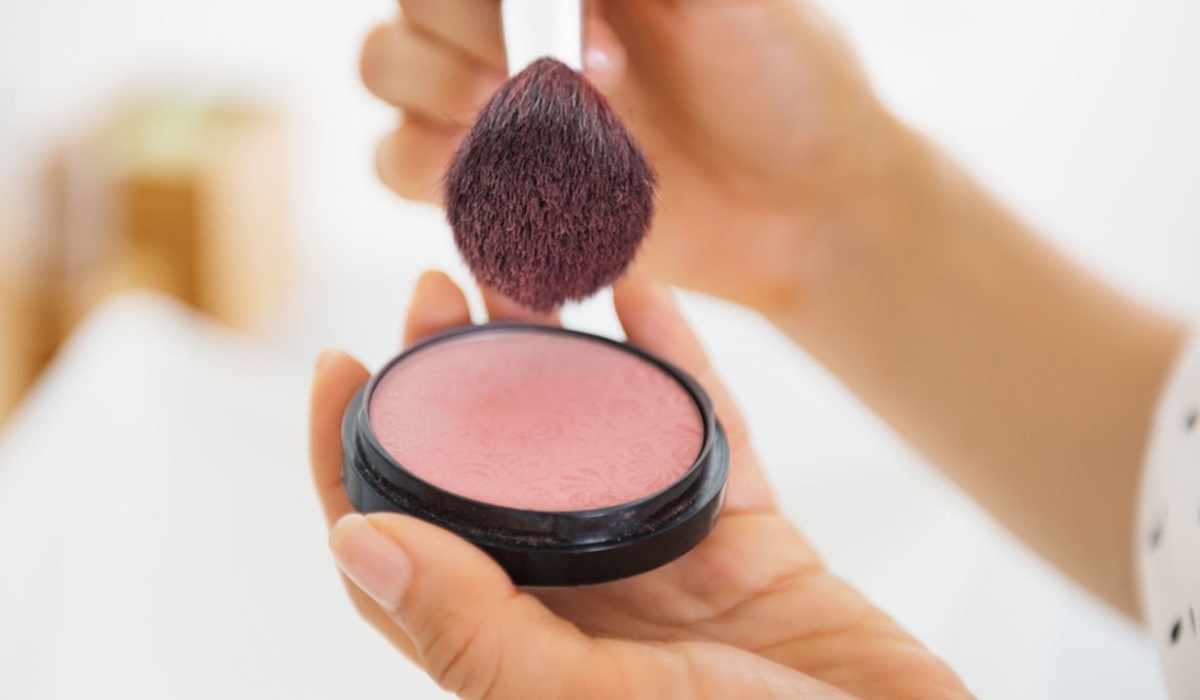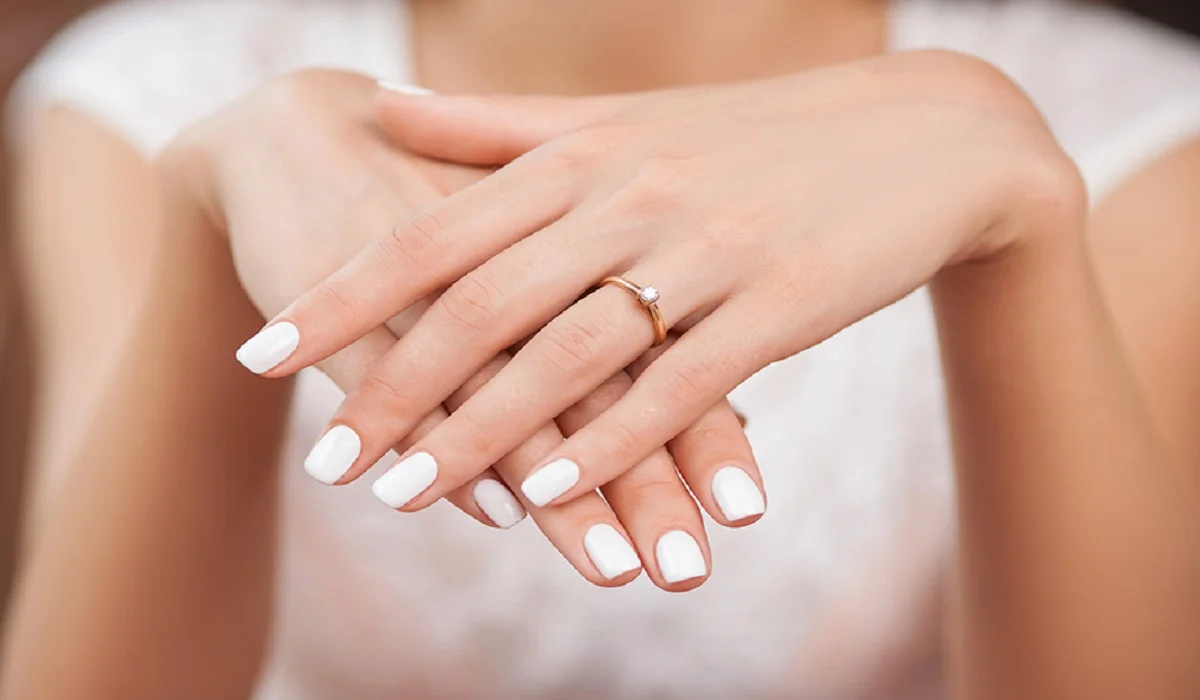A radiant smile can dramatically transform your appearance and boost your self-confidence. It’s not merely about looking good; it reflects good oral health and contributes positively to your social interactions. This guide will navigate you through various methods to achieve that coveted bright white smile, balancing effectiveness with safety.

Understanding Tooth Discoloration
Causes of Tooth Discoloration: Tooth discoloration can result from numerous factors, including dietary habits, smoking, and the natural aging process. Certain medications, trauma to the teeth, and genetics also play a significant role.
Types of Tooth Stains: Stains on teeth can be categorized as extrinsic, occurring on the surface, or intrinsic, which are deeper and may require professional intervention to remove. Identifying the type of discoloration you’re dealing with is crucial for selecting the most effective treatment.
Professional Teeth Whitening Options
In-Office Whitening Treatments: Dental professionals offer in-office whitening treatments that provide dramatic results in a short period. These treatments use high concentrations of bleaching agents under controlled conditions, ensuring safety and minimizing tooth sensitivity.
Custom Take-Home Whitening Kits: For those who prefer the convenience of home treatments with professional results, dentists provide custom-fitted trays and whitening gels. These kits are designed for use over a period of days or weeks, offering a more gradual whitening effect.
Over-the-Counter Whitening Solutions
Whitening Toothpastes and Rinses: These products contain mild abrasives and chemicals that can help remove surface stains. While convenient and affordable, their effectiveness is limited compared to professional treatments.
Whitening Strips and Gels: Over-the-counter strips and gels are more potent than toothpastes and can provide noticeable results. However, they must be used according to the instructions to prevent gum irritation and sensitivity.
Natural Teeth Whitening Methods
DIY Whitening Remedies: Natural remedies, such as baking soda and hydrogen peroxide mixtures, can offer mild whitening effects. However, they should be used with caution to avoid damaging tooth enamel.
Foods That Naturally Whiten Teeth: Incorporating crunchy fruits and vegetables into your diet can help clean your teeth naturally, while foods high in calcium, like dairy products, can strengthen your teeth and contribute to a whiter smile.

Maintaining Your White Smile
Daily Oral Hygiene Practices: Consistent oral hygiene, including brushing twice a day, flossing daily, and using an antibacterial mouthwash, is fundamental in maintaining a white smile.
Foods and Drinks to Avoid: Coffee, tea, red wine, and dark-colored berries are known to stain teeth. Limiting your intake of these substances can help prevent new stains from forming.
The Role of Dental Hygiene in Teeth Whitening
Regular Dental Checkups: Regular visits to the dentist for checkups and cleanings play a critical role in maintaining oral health and keeping your teeth white. Professional cleanings can remove plaque and tartar that contribute to discoloration.
Risks and Considerations for Teeth Whitening
Sensitivity and Gum Irritation: Some whitening treatments can cause temporary sensitivity or gum irritation. Using products designed for sensitive teeth and following the recommended guidelines can minimize these effects.
Understanding the Limits of Whitening: It’s important to have realistic expectations regarding teeth whitening. Not all types of discoloration can be completely removed, and the degree of whitening varies from person to person.
How to Get A Bright White Smile
Achieving a bright white smile typically involves a combination of professional treatments, over-the-counter products, and natural methods, tailored to your specific needs and type of discoloration. Consulting with a dental professional can help you create a personalized whitening plan that is safe and effective.
Achieving and Maintaining Your Dream Smile
A bright white smile is attainable with the right approach and care. By understanding the causes of discoloration, choosing the appropriate whitening method, and committing to ongoing oral hygiene, you can enjoy lasting results. Remember, the key to a radiant smile is not just the whiteness of your teeth but the overall health of your mouth.
- How often should I whiten my teeth? Frequency depends on the method used and your individual sensitivity. It’s best to consult with a dentist to determine a safe whitening schedule.
- Can whitening damage my teeth? When used appropriately, whitening products are safe. However, overuse can damage tooth enamel.
- Is whitening permanent? No, whitening results are not permanent. Regular maintenance and avoiding stain-causing foods and beverages can prolong the effects.








